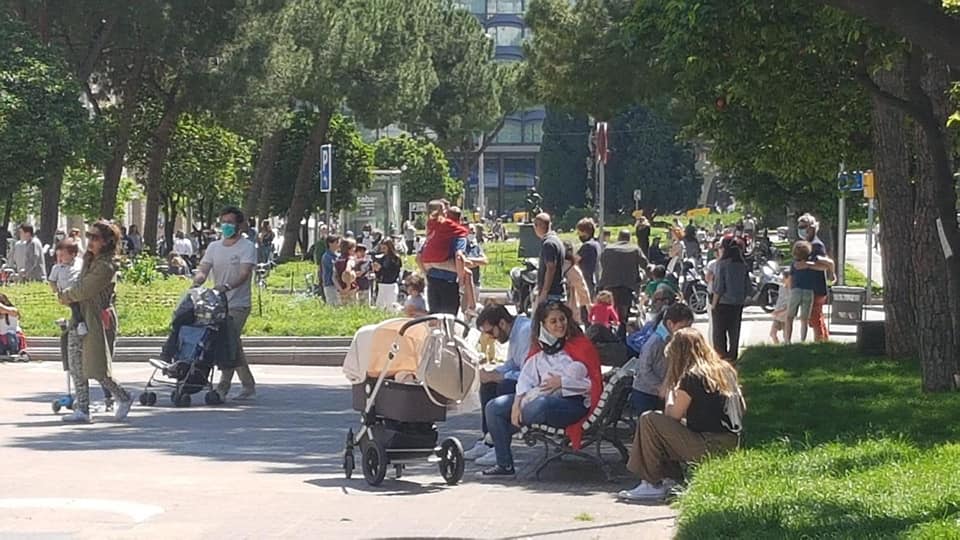The Valencian Community has increased its population by almost two million in the last 50 years, especially the province of Alicante, where the number of residents has doubled in half a century, with an increase of 103.52%.
Historical data from the National Statistics Institute (INE), which began in 1971 and which have just included the first half of this year, make it possible to draw a map of depopulation in Spain within the framework of the constant demographic growth of the country as a whole.
Thus, while the Valencian Community had 3,203,696 inhabitants in 1971, at present the figure is 5,051,252, which represents an increase of 1,947,555 residents, a percentage increase of 65.47 percent.
The increase registered in the province of Alicante stands out, where in 1971 there were 932,507 inhabitants and fifty years later there are 1,897,849, which means an increase of 965,341 residents, 103.52 percent more.
In the province of Valencia, the population has grown by 794,528 inhabitants in half a century, since there are currently 2,577,506 and in 1971 the figure amounted to 1,782,978, representing an increase of 44.56 percent.
With regard to the province of Castellón, in 1971 there were 388,211 residents and currently the figure is 575,897, so the increase has been 187,686 inhabitants (48.35 percent).
At the national level, seventeen Spanish provinces of seven autonomous communities, almost all of the interior and the north, have lost close to one million inhabitants in the last 50 years, half a century in which another 10 provinces, most of them coastal, have seen an increase its population in more than 10 million people.
Those 17 provinces of Spain, which account for 43.7 percent of the surface of Spain, but only 12.68% of the residents, are Jaén in Andalusia; Teruel in Aragon; Asturias; Ávila, Burgos, León, Palencia, Salamanca, Segovia, Soria and Zamora in Castilla y León; Ciudad Real and Cuenca in Castilla-La Mancha; the two provinces of Extremadura, Badajoz and Cáceres; and Lugo and Ourense in Galicia.





